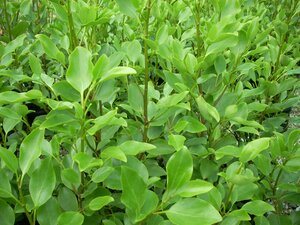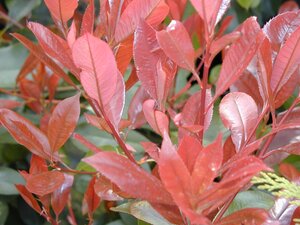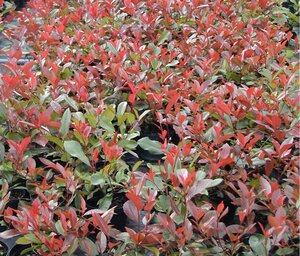Lavender angustifolia Munstead
Why Buy Me?
- Highly aromatic
- Long flowering period
- Attract wildlife
- English lavender
Growing Conditions
Light:
Requires full sun for optimal growth, flower production, and fragrance. Needs at least 6 hours of direct sunlight per day for best results.
Soil:
Prefers well-drained, sandy or loamy soils. Thrives in moderately fertile, alkaline to neutral soils. Tolerates poor soils but does not do well in heavy, waterlogged ground.
Exposure:
Performs well in sheltered or exposed locations. Tolerant of coastal conditions and moderate wind, but can struggle in overly humid, wet environments.
Drought Tolerance:
High once established. Ideal for drought-tolerant gardens and Mediterranean-style landscapes. Tolerates periods of dryness well.
Cultivation & Care
Planting Time:
Best planted in spring (after the last frost) or early autumn to allow roots to establish before temperature extremes.
Spacing:
Space plants 30–45 cm (12–18 inches) apart. Grows into a compact, rounded mound, typically reaching 45–60 cm (18–24 inches) tall and wide.
Watering:
Water regularly in the first growing season to establish a strong root system. Once established, only water during prolonged drought. Avoid overwatering, as this can lead to root rot.
Fertilization:
Lavender generally does not need regular fertilization. If your soil is poor, use a low-nitrogen fertilizer in early spring. Over-fertilizing can lead to weak, leggy growth and reduced flower production.
Mulching:
Use gravel or sand mulch to improve drainage and reflect sunlight. Avoid organic mulches, which retain moisture around the base and can cause crown rot.
Pruning:
Prune lightly after flowering to remove spent blooms and encourage compact growth. In late summer or early autumn, prune back by about one-third to maintain shape and prevent the plant from becoming too woody.
Propagation:
Propagate by semi-ripe cuttings in summer or softwood cuttings in early spring. Can also be propagated from seed, though cuttings are the preferred method for preserving the cultivar's characteristics.
Seasonal Interest
Spring:
Silvery-green, aromatic leaves emerge, and the plant begins to grow into a neat mound.
Summer:
Produces dense spikes of fragrant purple flowers from June to July. The flowers are highly attractive to pollinators, particularly bees and butterflies.
Autumn:
After flowering, the plant’s foliage remains attractive, offering silver-green texture. The spent flower spikes can be cut back or left for additional winter interest.
Winter:
Evergreen in milder climates, but in colder regions, the plant may become semi-evergreen. Ensure proper protection in wet, cold winters to prevent root rot.
Wildlife & Garden Use
Wildlife:
A magnet for bees, butterflies, and other pollinators. Lavender also attracts hummingbirds in some regions, making it a great choice for wildlife-friendly gardens.
Garden Use:
Ideal for low hedges, borders, rock gardens, containers, and Mediterranean-style landscapes. Its compact form and long-lasting blooms make it an excellent addition to both formal and informal gardens.
Companion Plants:
Pairs well with other drought-tolerant plants like Salvia, Thyme, Eryngium, Santolina, Rosemary, and ornamental grasses. Also complements roses, alliums, and geraniums in flower beds and borders.
Transform your home and garden with Lavender angustifolia Munstead —a must-have for any season. Order online now for quick and easy shopping, or drop by your local Thompson's Branch to explore it up close and get personalised recommendations.
-
EAN code9000004863
- Brand
- AspectFull Sun
- Flower ColourLavender/Blue
- Foliage ColourGrey/Green
- Width in ft2ft (60cm)
- Height in ft1.5-2ft (45-60cm)
- Pot size2 litre pot
- Flowering PeriodJuly/September
Collect your Order from one of our sites!
Order and pay online and select the day you would like to collect your order from one of our four sites.
Local deliveries available, please order and pay online for delivery within 5 working days. See our terms & conditions.




